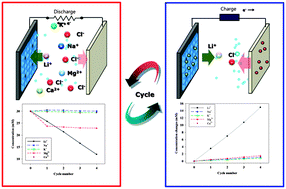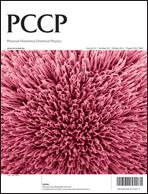The demand for lithium has greatly increased with the rapid development of rechargeable batteries. Currently, the main lithium resource is brine lakes, but the conventional lithium recovery process is time consuming, inefficient, and environmentally harmful. Rechargeable batteries have been recently used for lithium recovery, and consist of lithium iron phosphate as a cathode. These batteries feature promising selectivity between lithium and sodium, but they suffer from severe interference from coexisting magnesium ions, an essential component of brine, which has prompted further study. This study reports on a highly selective and energy-efficient lithium recovery system using a rechargeable battery that consists of a λ-MnO2 positive electrode and a chloride-capturing negative electrode. This system can be used to recover lithium from brine even in the presence of magnesium ions as well as other dissolved cations. In addition, lithium recovery from simulated brine is successfully demonstrated, consuming 1.0 W h per 1 mole of lithium recovered, using water similar to that from the artificial brine, which contains various cations (mole ratio: Na/Li ≈ 15.7, K/Li ≈ 2.2, Mg/Li ≈ 1.9).

You have access to this article
 Please wait while we load your content...
Something went wrong. Try again?
Please wait while we load your content...
Something went wrong. Try again?


 Please wait while we load your content...
Please wait while we load your content...